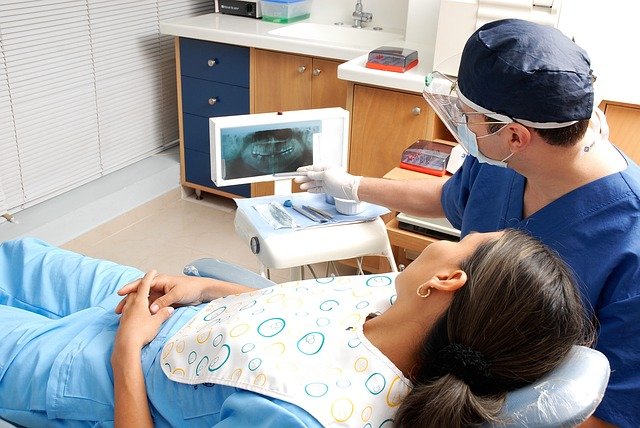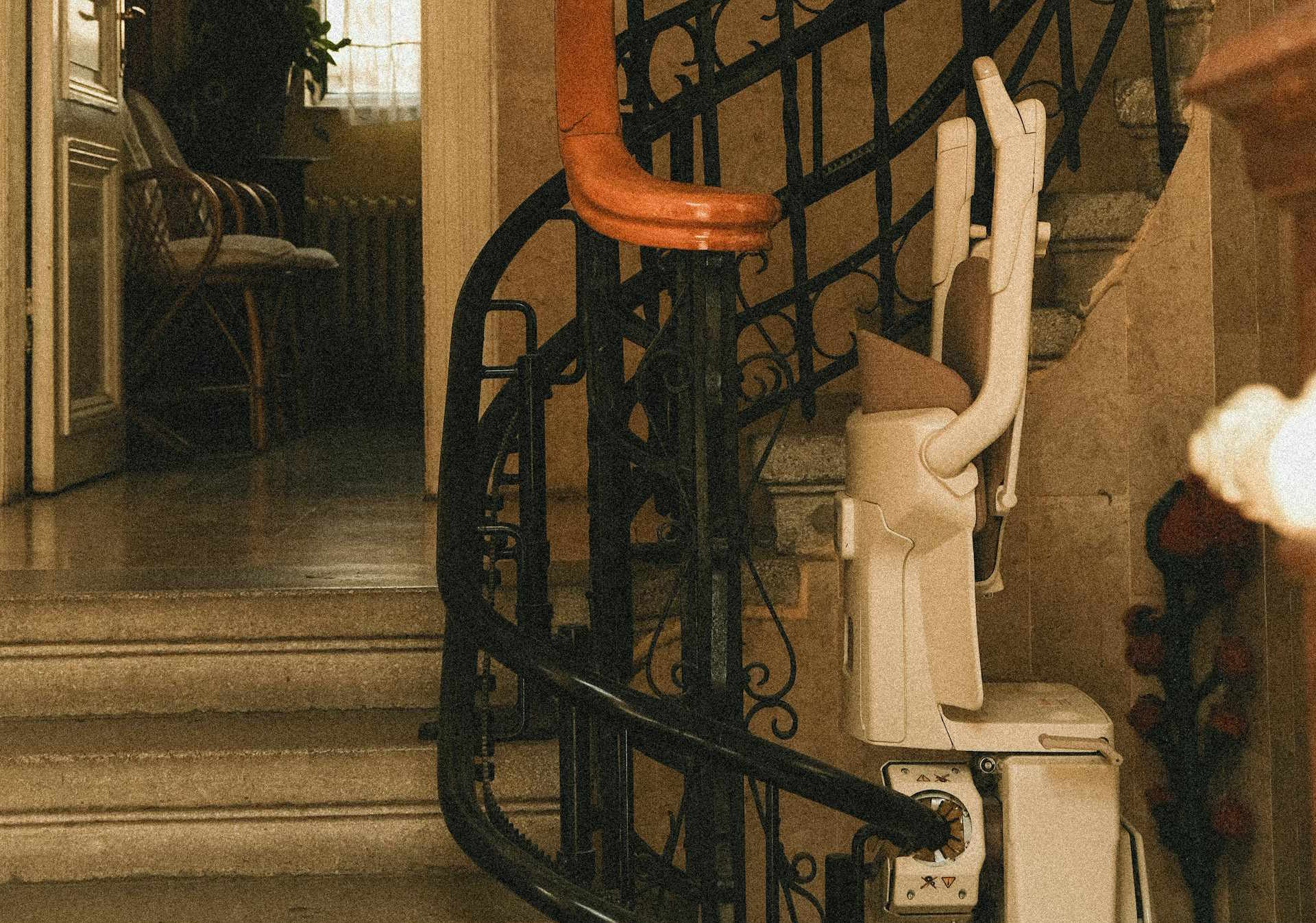Dental Implants: Complete Guide to Procedure and Costs in Australia
Dental implants have become a popular solution for Australians dealing with missing teeth, offering a permanent alternative to dentures and bridges. These titanium posts are surgically placed into the jawbone to replace tooth roots, providing a stable foundation for artificial teeth that look, feel, and function like natural ones. Understanding the procedure, costs, and available options can help you make an informed decision about this significant dental investment.

What Does the Dental Implant Procedure Involve?
The dental implant procedure typically involves multiple stages spread over several months. Initially, your dentist conducts a comprehensive examination, including X-rays and 3D imaging, to assess bone density and plan the implant placement. During the surgical phase, the titanium implant is placed into the jawbone under local anaesthesia. A healing period of 3-6 months follows, allowing the implant to integrate with the bone through a process called osseointegration. Once healed, an abutment is attached to the implant, and finally, a custom-made crown is secured to complete the restoration.
The success rate for dental implants is exceptionally high, typically ranging from 95-98% when performed by qualified professionals. However, factors such as smoking, diabetes, and poor oral hygiene can affect healing and long-term success. Most patients experience minimal discomfort during recovery, with swelling and mild pain manageable through prescribed medications.
Understanding All-on-4 Dental Implants
All-on-4 dental implants represent an innovative approach for patients requiring multiple tooth replacements. This technique uses just four strategically placed implants to support a full arch of teeth, making it an efficient solution for those with extensive tooth loss. The procedure can often be completed in a single day, with patients receiving temporary teeth immediately after implant placement.
The All-on-4 system offers several advantages over traditional implant methods. It typically requires less bone grafting, as the angled placement of posterior implants maximises use of available bone. Recovery time is generally shorter compared to individual implant procedures, and the immediate loading of temporary teeth allows patients to maintain normal eating and speaking functions during healing. This approach has become particularly popular among older adults seeking comprehensive tooth replacement solutions.
Full Arch Dental Implants: Comprehensive Tooth Replacement
Full arch dental implants provide complete restoration for patients missing all teeth in either the upper or lower jaw. Unlike All-on-4, full arch solutions may utilise 6-8 implants per arch, offering enhanced stability and load distribution. This approach is often recommended for patients with sufficient bone density who desire maximum long-term stability.
The process begins with detailed planning using advanced imaging technology to determine optimal implant positions. Depending on individual circumstances, temporary teeth may be placed immediately, or patients might need to wait for complete healing before receiving their final prosthetics. Full arch implants eliminate the need for removable dentures, providing a permanent solution that preserves facial structure and prevents further bone loss.
Dental Implant Cost Australia 2025: Investment Considerations
Dental implant costs in Australia vary significantly based on location, complexity, and chosen treatment approach. Single implants typically range from $3,000 to $6,500, including the implant, abutment, and crown. All-on-4 treatments generally cost between $20,000 and $35,000 per arch, while full arch solutions with additional implants may reach $25,000 to $45,000 per arch.
Several factors influence pricing, including the need for additional procedures such as bone grafting, tooth extractions, or sinus lifts. Geographic location also plays a role, with metropolitan areas often commanding higher fees than regional centres. The experience and qualifications of the dental professional, along with the quality of materials used, can also affect overall costs.
| Treatment Type | Cost Range (AUD) | Description |
|---|---|---|
| Single Implant | $3,000 - $6,500 | Includes implant, abutment, and crown |
| All-on-4 (per arch) | $20,000 - $35,000 | Four implants supporting full arch |
| Full Arch (6-8 implants) | $25,000 - $45,000 | Multiple implants for maximum stability |
| Bone Grafting | $500 - $3,000 | Additional procedure if required |
Prices, rates, or cost estimates mentioned in this article are based on the latest available information but may change over time. Independent research is advised before making financial decisions.
Dental Implant Financing Options Available
Various financing options can make dental implants more accessible to Australian patients. Many dental practices offer in-house payment plans, allowing costs to be spread over 12-24 months with minimal or no interest charges. Third-party healthcare financing companies also provide longer-term payment options, though interest rates and terms vary significantly between providers.
Private health insurance may provide partial coverage for dental implants, particularly when deemed medically necessary rather than cosmetic. However, coverage levels vary widely between funds and policies, with many imposing waiting periods and annual limits. Some patients utilise superannuation early release provisions for medical expenses, though specific criteria must be met.
Government assistance programs are limited for dental implants, as they’re not typically covered under public dental schemes. However, eligible pensioners and healthcare card holders may access basic dental services through public clinics, potentially reducing costs for preliminary treatments like extractions or periodontal therapy needed before implant placement.
Making Informed Decisions About Dental Implants
Choosing dental implants represents a significant investment in oral health and quality of life. While initial costs may seem substantial, implants often prove cost-effective long-term when compared to repeated repairs and replacements of alternative treatments. Most implants last 20-30 years or longer with proper care, making them a durable solution for tooth replacement.
Successful implant treatment requires commitment to excellent oral hygiene and regular dental maintenance. Patients should carefully research potential providers, seeking qualified specialists with extensive implant experience. Obtaining multiple consultations and treatment plans allows for informed comparison of approaches and costs, ensuring the chosen solution aligns with individual needs and circumstances.
This article is for informational purposes only and should not be considered medical advice. Please consult a qualified healthcare professional for personalized guidance and treatment.




